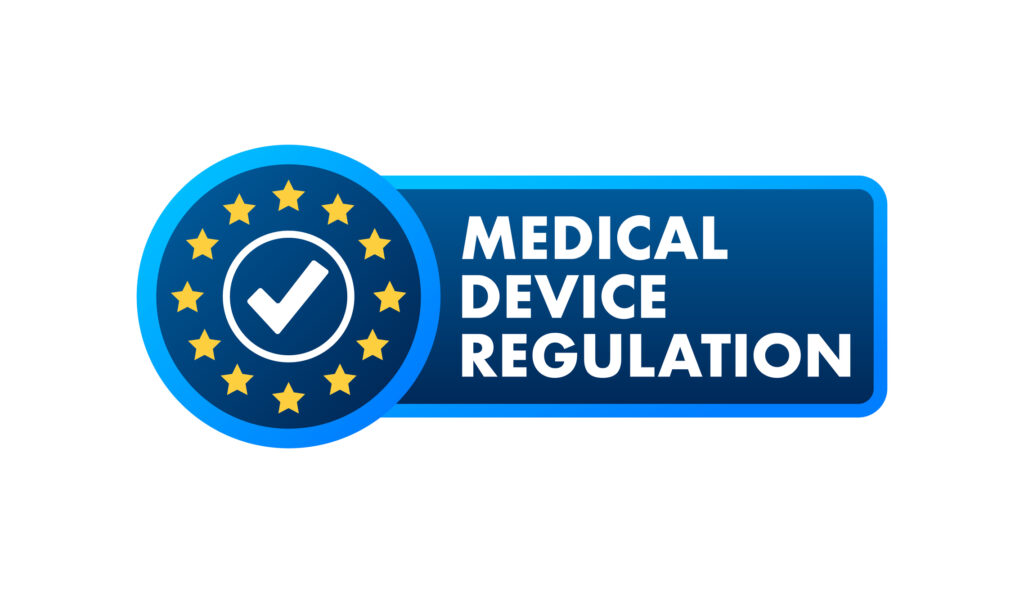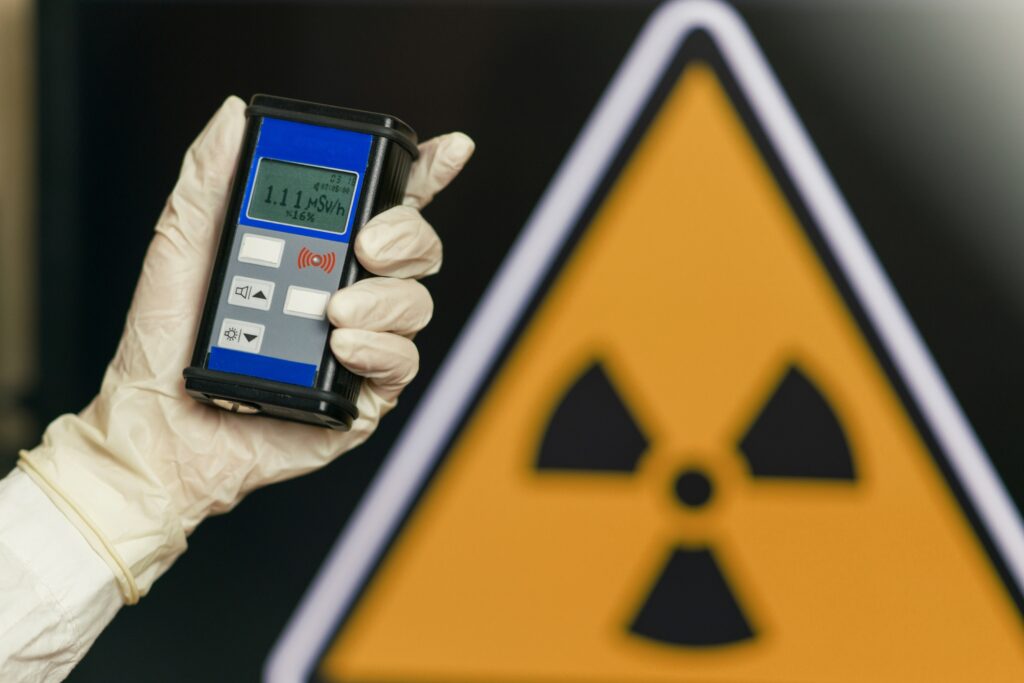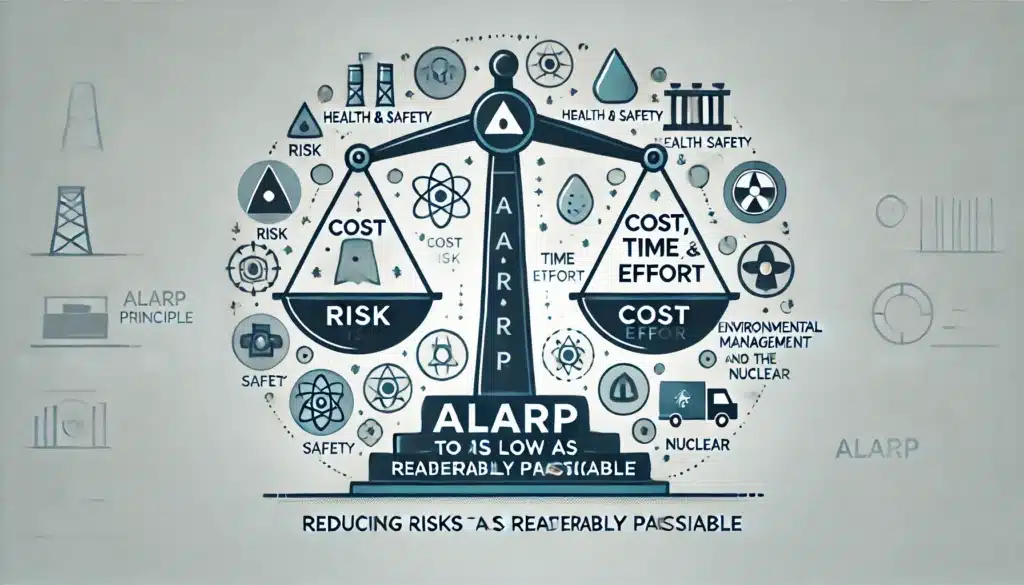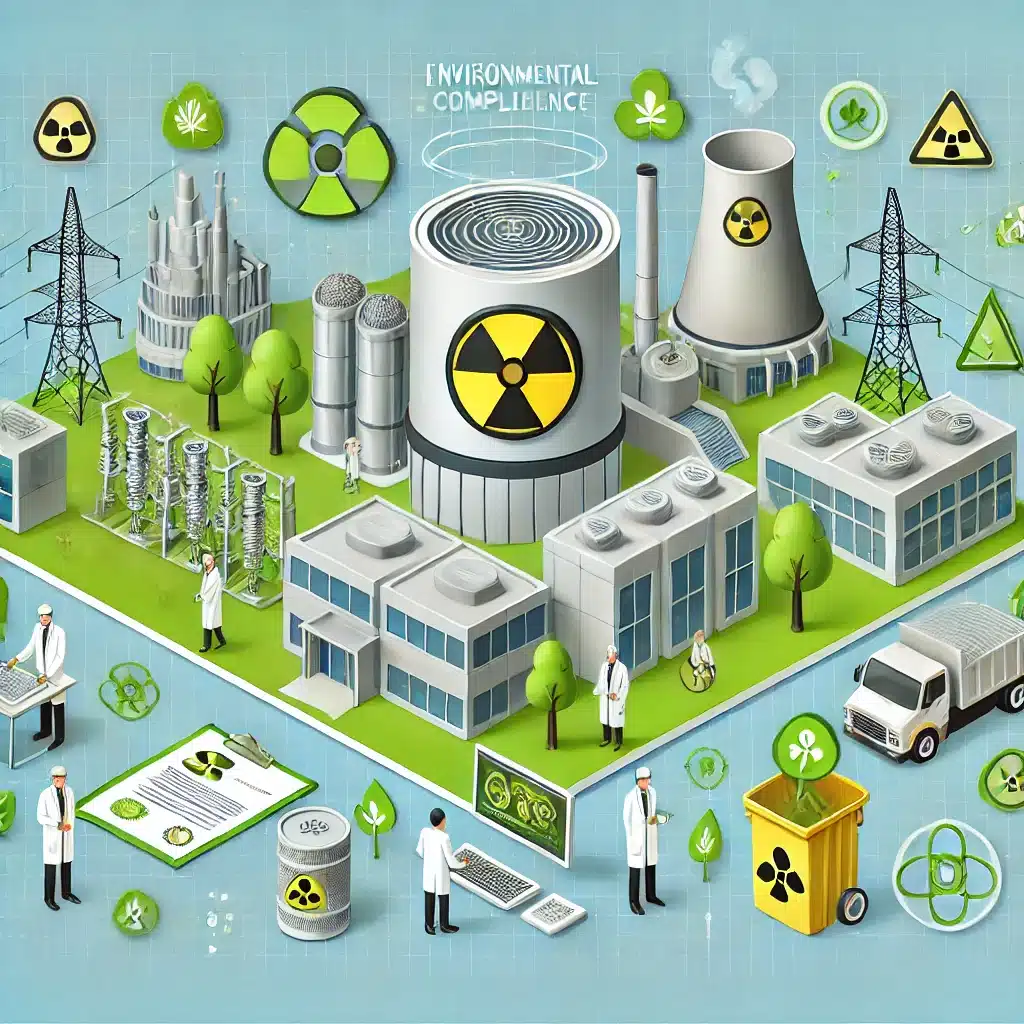Radioactivity measurement is essential for various fields, including medicine, environmental protection, and nuclear energy. Accurate and reliable measurements require a robust system of traceability, ensuring that radiation measurement instruments and techniques produce consistent and comparable results globally. This article explores the fundamentals of radioactivity measurement, the importance of traceability in ensuring accuracy, the units used in the field, measurement methods, calibration procedures, and the international frameworks that maintain global consistency.
Introduction to Radioactivity
Radioactivity, the spontaneous emission of radiation from unstable atomic nuclei, is a natural and ubiquitous phenomenon. While naturally occurring radiation surrounds us, human-made sources of radioactivity play vital roles in healthcare, energy production, and industry. The precise measurement of radioactivity is critical for ensuring safety, regulatory compliance, and scientific research. Central to achieving these accurate measurements is the concept of traceability, which guarantees that radiation measurements are consistent, reproducible, and internationally comparable.
This article will review the principles of radioactivity measurement, the importance of traceability, and the methods and frameworks used to maintain reliable and consistent measurements.
Understanding Radioactivity and Measurement Units
What is Radioactivity?
Radioactivity occurs when unstable atomic nuclei lose energy by emitting radiation, which can take the form of alpha particles, beta particles, or gamma rays. These emissions can be detected and measured using specialised equipment.
Units of Radioactivity Measurement
Several units are used to quantify radioactivity and its effects:
- Becquerel (Bq): The SI unit of radioactivity, representing one disintegration per second.
- Curie (Ci): An older unit, where 1 Curie equals 3.7 × 10¹⁰ disintegrations per second.
- Gray (Gy): The unit of absorbed radiation dose used to quantify the amount of energy absorbed per kilogram of matter.
- Sievert (Sv): A unit used to measure the biological effects of radiation, considering the type of radiation and its impact on living tissue.
Understanding these units is critical to interpreting radiation measurements accurately, particularly when assessing exposure levels and regulatory compliance.
Principles of Radioactivity Measurement
Detection of Radiation
To measure radioactivity, detectors are used to sense the emitted particles or electromagnetic radiation. The primary types of radiation detectors include:
- Geiger-Müller Counters: Often used for detecting beta and gamma radiation, they produce a detectable pulse of electric current when radiation interacts with the detector gas.
- Scintillation Counters: Use materials that emit light when exposed to radiation. This light is then converted into an electrical signal.
- Ionisation Chambers: Measure radiation by detecting the ionisation produced in a gas.
- Solid-State Detectors: Use semiconductors to detect radiation, often employed in dosimetry and spectrometry.
Key Parameters in Measurement
When measuring radioactivity, several factors must be considered to ensure accuracy:
- Background Radiation: Naturally occurring environmental radiation can interfere with measurements, so it is essential to account for it.
- Efficiency of Detection: The detector’s efficiency can vary depending on the type of radiation and its energy. Calibration is necessary to correct for this.
- Energy Resolution: The ability of a detector to differentiate between different energies of radiation, which is particularly important in spectrometry.
The Importance of Traceability in Radioactivity Measurement
What is Traceability?
In the context of radioactivity measurement, traceability refers to the ability to relate individual measurement results back to international standards through an unbroken chain of calibrations. This system ensures that measurements made in different locations or at different times are consistent and comparable.
Why is Traceability Essential?
- Accuracy: Accurate measurements are essential for radiation protection, environmental monitoring, medical treatments, and nuclear safeguards.
- International Comparability: For global industries such as nuclear energy and healthcare, it is critical that measurements are comparable across borders. Traceability ensures this consistency.
- Regulatory Compliance: Many countries have strict regulations regarding radiation exposure and environmental contamination. Traceable measurements ensure compliance with these regulations.
Establishing Traceability: Calibration and Standards
Primary Standards
The foundation of traceability in radioactivity measurement is the use of primary standards, which are realised by national metrology institutes (NMIs) such as the National Physical Laboratory (NPL) in the UK. These standards are based on precise measurements of fundamental constants and ensure that measurements of radioactivity can be traced back to internationally agreed values.
Secondary Standards
Secondary standards are instruments calibrated against primary standards. Laboratories and industries use secondary standards for day-to-day measurements, ensuring that their results remain traceable to the primary standards.
Calibration Procedures
Calibration is the process of comparing a measurement instrument or system to a known standard and making adjustments to ensure accuracy. In the case of radioactivity measurement, detectors must be regularly calibrated using sources with well-known activities. Calibration can involve:
- Direct Calibration: Measuring a source of known activity and adjusting the detector’s response.
- Relative Calibration: Comparing the measurement of an unknown source to a source of similar radiation type and energy that has been measured previously.
These procedures ensure that the detector produces accurate results over time and under varying conditions.
Measurement Uncertainty and Quality Control
Uncertainty in Measurement
No measurement is perfect, and all measurements have some degree of uncertainty. In radioactivity measurement, uncertainty can arise from various factors, including:
- Detector efficiency
- Variability in radiation emissions
- Environmental conditions
- Calibration accuracy
Understanding and quantifying this uncertainty is vital for ensuring the reliability of measurements, particularly in regulatory or safety-critical applications.
Quality Control Measures
To maintain measurement accuracy and traceability, laboratories and industries must implement robust quality control programmes. These programmes often include:
- Regular Calibration: Instruments must be calibrated at regular intervals to ensure continued accuracy.
- Inter-laboratory Comparisons: Laboratories may participate in international measurement comparisons to verify that their results align with those of other laboratories.
- Internal Audits: Regular internal reviews help to identify potential sources of error or uncertainty.
International Frameworks for Radioactivity Traceability
The Role of the International Bureau of Weights and Measures (BIPM)
The BIPM is an intergovernmental organisation that ensures global uniformity in measurements by providing the primary standards for various physical quantities, including radioactivity. Through the BIPM’s frameworks, countries can ensure that their measurements are internationally recognised and traceable to the same standards.
The International Committee for Radionuclide Metrology (ICRM)
The ICRM plays a critical role in coordinating the development of measurement techniques and standards for radioactivity. It brings together experts from NMIs, academia, and industry to ensure that advancements in measurement techniques are shared and adopted worldwide.
The International Atomic Energy Agency (IAEA)
The IAEA provides guidance and support for the safe and effective use of radioactivity, particularly in medical and nuclear energy applications. It also coordinates international comparisons and helps member states maintain traceable measurement systems.
Applications of Radioactivity Measurement and Traceability
Medical Applications
Radioactivity measurement is critical in medicine, particularly in diagnostics and treatment involving radioactive isotopes. In nuclear medicine, the accurate administration of radioisotopes such as technetium-99m ensures that patients receive the correct dose. Similarly, in radiation therapy, accurate dosimetry ensures that cancer patients receive precisely calibrated radiation doses for treatment.
Traceability is vital in these applications to ensure patient safety and treatment efficacy. Hospitals and clinics rely on calibrated instruments and reference materials to administer the correct dose and monitor patient exposure accurately.
Environmental Monitoring
Environmental monitoring programmes use radioactivity measurement to track the presence of natural and man-made radionuclides in air, water, and soil. Accurate, traceable measurements help assess the impact of nuclear power plants, medical facilities, and industrial activities on the environment.
Regulatory bodies often set strict limits on permissible radiation levels, and ensuring that monitoring equipment is properly calibrated and traceable to national standards is critical for maintaining public safety.
Nuclear Energy
In the nuclear energy sector, precise radioactivity measurement is essential for monitoring reactor performance, managing waste, and protecting workers. Traceable measurements ensure that the radiation exposure of workers and the public remains within safe limits.
Nuclear Safeguards and Security
International safeguards agreements, overseen by organisations like the IAEA, rely on accurate and traceable radioactivity measurements to verify that nuclear materials are not diverted for illicit use. Traceability ensures the credibility of these measurements, which are critical for global security and non-proliferation efforts.
Challenges in Radioactivity Measurement and Traceability
Technological Advancements
As new radiation detection technologies emerge, maintaining traceability can be challenging. Advanced detectors may have different calibration needs or response characteristics, requiring updates to existing standards and procedures.
Environmental Factors
Measurements can be affected by environmental factors such as temperature, humidity, and background radiation. Ensuring traceability in these conditions requires careful consideration of potential environmental influences and the use of correction factors.
International Collaboration
While international frameworks exist, maintaining global consistency in radioactivity measurement requires ongoing collaboration between countries, institutions, and industries. Political, economic, and technical challenges can sometimes hinder these efforts, making it essential to strengthen international partnerships and standardisation initiatives.
The Future of Radioactivity Measurement and Traceability
As industries such as healthcare and nuclear energy continue to evolve, the demand for more accurate and reliable radioactivity measurements will increase. Several trends are likely to shape the future of this field:
- Improved Detector Technology: Advances in detection technology may lead to more sensitive, faster, and more accurate measurements, though these advancements will require updates to calibration and traceability protocols.
- Automation and Digitalisation: The integration of digital technologies into radiation measurement systems could improve the efficiency and accuracy of data collection, calibration, and traceability.
- International Standardisation: Strengthening global frameworks and ensuring that all countries have access to traceable standards will be essential as radioactivity continues to play a key role in industries like healthcare and energy.
Conclusion
The measurement of radioactivity is a critical component in many fields, from healthcare to environmental protection to nuclear energy. To ensure accuracy, safety, and regulatory compliance, the concept of traceability must be at the heart of all measurement practices. Through the establishment of primary standards, regular calibration, and adherence to international frameworks, the global community can maintain consistent and reliable radiation measurements, protecting both people and the environment.
Traceability ensures that radiation measurements are not only accurate but also comparable on a global scale, allowing industries to operate safely and effectively. As technology advances and the demand for precision grows, the field of radioactivity measurement and traceability will continue to evolve, ensuring that it remains a cornerstone of modern science and industry.
Disclaimer
The content provided in this article, Radioactivity Measurement and Traceability in Radiation Science (published on 2024-09-26 by Open Medscience), is intended for informational and educational purposes only. While every effort has been made to ensure the accuracy and reliability of the information presented, Open Medscience makes no guarantees regarding the completeness, suitability, or current relevance of the material.
This article does not constitute professional, technical, or regulatory advice. Readers are encouraged to consult qualified experts, national metrology institutes, or relevant authorities for guidance on specific applications, compliance requirements, or decisions involving radioactivity measurement and traceability.
Open Medscience disclaims any liability for loss, damage, or injury resulting from the use or misuse of the information contained herein. References to specific organisations, technologies, or standards are provided for context and do not imply endorsement.
All measurements, procedures, and standards mentioned should be validated and verified by appropriate regulatory or scientific bodies before practical application.
You are here: home » diagnostic medical imaging blog »



